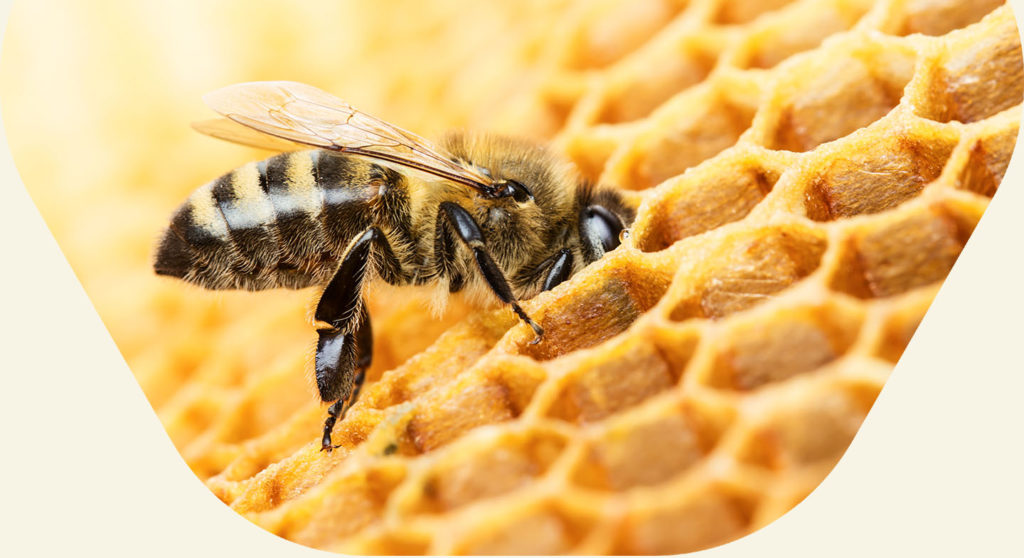API of the Month
Mathieu Domecq
Editor-in-chief of the API blog of the month
The second month of the year has already begun…
We will look at the work to be done this month and the benefits of honey plants for us and the bees!
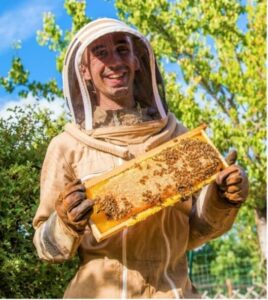
This month’s work
Depending on the region, the queen may already be laying eggs again. Where temperatures are rising sharply, we are also seeing the first spring flights. These bees, which are not yet ‘real foragers’, are looking for water – a crucial focus for the entire season. By the way, you can add a little salt to your drinking troughs to boost the supply of mineral salts (essential for making the royal jelly as the queens start to lay again). Here is a summary of the beekeeping work for February:
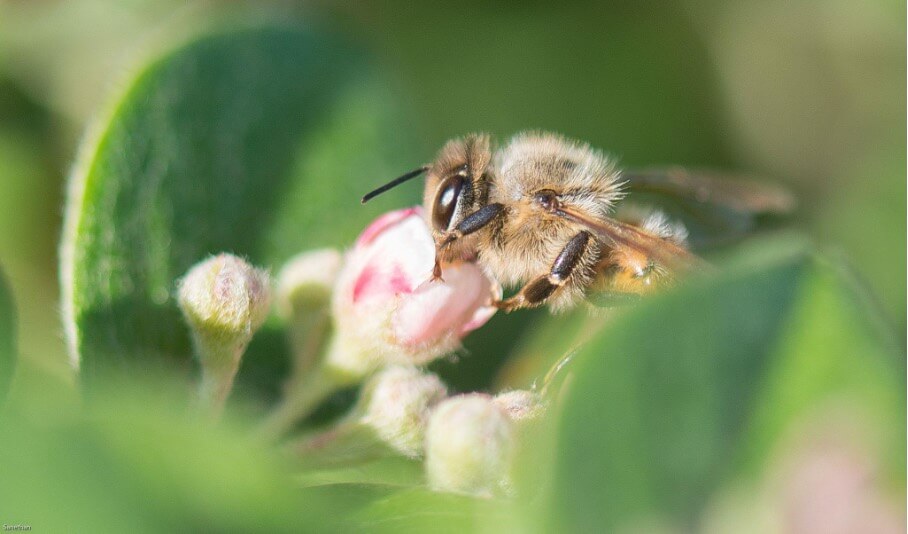
– Continue feeding: keep an eye on the food stock in your beehives. As a reminder, we use sugar paste below 13°C; in other words, sugar paste = winter time, syrup = summer time (just in case you had forgotten!).
– Monitor the weak colonies: when you look at the food stock in your beehives, you may find very small clusters. In the south of France, the queens are starting to lay again. In a few days, we’ll need bees to warm up this brood. However, if your cluster is small, it will be a difficult task and the colony may die (frozen in a cluster). My advice is to place an aluminium insulation strip (such as Isoruch) between two frames as close as possible to the cluster to warm it up. This will be much faster than removing a frame to place a partition. Choose a sunny day without too much moisture.
– Monitor the return of the hornets: with the rising temperatures, the founding queens will start to come out! So place traps on your beehives to limit additional nests in spring.
– Carry out a second Varroa treatment: some beekeepers carry out a second treatment against Varroa at the end of winter. Find out more from the product you used in the summer and how you should use it.
The honey flowers of the month: male dogwood, white elm, apricot
The appeal of honey plants
At a time when French farmers are demonstrating for a reduction in floral fallows, the benefits of these honey plants for beekeeping are nevertheless vital!
Plant species are sources of nectar and pollen, and there are many of them! In Switzerland, for example, there are several thousand. However, not all these species have the same beekeeping utility.
The conditions for a plant to be beneficial (for bees and beekeepers) are:
- The plant must produce nectar.
Its appeal depends on the sugar content of its nectar. If this liquid is low in sugar, it does not attract bees. Sugar is considered to be appealing at a content of 20 to 30%; and very high between 35 and 65% (preferred by bees).
- The plant must produce pollen.
Its appeal depends on the protein and amino acid content. A lot of pollen is left behind by bees. This is particularly the case for plants whose pollen is carried by the wind. On the other hand, pollen carried by pollinating insects is much richer and heavier, and sticks to the feet. This means that our bees can easily carry it by hanging it on their hairs.
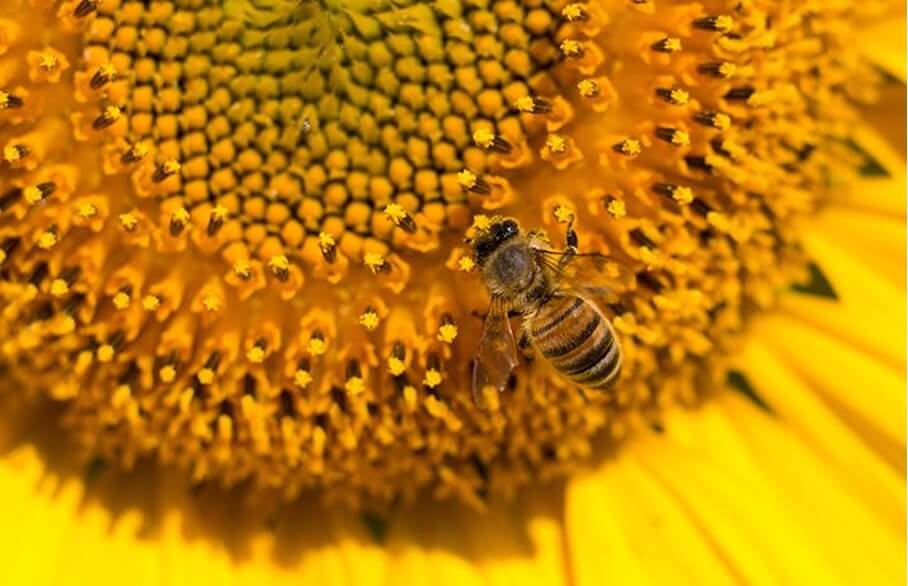
- The nectar produced by the plant must be accessible
Some flowers have very deep corolla tubes, which can only be reached by insects with a long tongue, such as some butterflies.
- The plants should be close to the beehive and in sufficient quantity.
They should be within a distance of 3 km from the beehive. In reality, our foragers usually travel less than 1 km. Because the longer the distance, the more energy is needed! By travelling long distances, the nectar collected will be reduced or completely used up and our bees will return to the beehive without any treasure.
A large flowering area is necessary for an abundant harvest. Flower clusters in gardens are not enough. Our bee needs 250 flowers per hour, which is almost 21 million flowers per day for one beehive. As far as pollen is concerned, diversity is crucial to sufficiently meet the nutritional needs of our bees.
What is nosemosis?
Nosemosis is a disease caused by a fungus that parasitises the cells of a bee’s guts. There are two species that are potentially harmful to bees: Nosema apis and Nosema ceranae.
Nosema apis is well known for causing diarrhoea, with characteristic brownish spots on frame heads, the flight board and the outer walls of the beehive. The bees become apathetic, with foot and wing paralysis. The bees can be vulnerable in the sun and when engaging in trophallaxis. This disease is facilitated by a long winter or spring confinement.
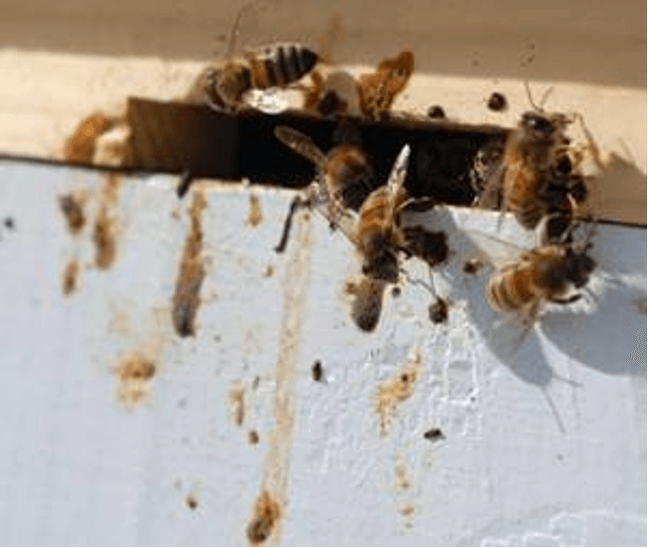
Nosema ceranae is referred to as dry nosemosis and its symptoms are less known. There are unlikely to be diarrhoea stains, and the bees become apathetic and gradually disappear. Nosema ceranae is facilitated by heat waves, with peaks of depopulation in the summer.
The European epidemiological surveillance programme recently showed that in some regions of France, 96% of French beehives were infested with Nosema ceranae.
Remember:
- cold weather conditions when the bees have been shut in.
- dead bees at the bottom of the beehive; traces of diarrhoea on the flight board and in the feeder.
- a varroa population that is too high (if it has been counted).
As usual, share your photos with us. We’ll publish them on our website from social media with the hashtags #apifonda #apiinvert!
We’ll be back next month on the API blog with your faithful partner, Les Ruchers De Mathieu!
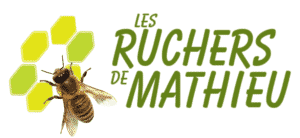
LES RUCHERS DE MATHIEU
Honey & Beekeeping Shop
Photos ©lesruchersdemathieu
